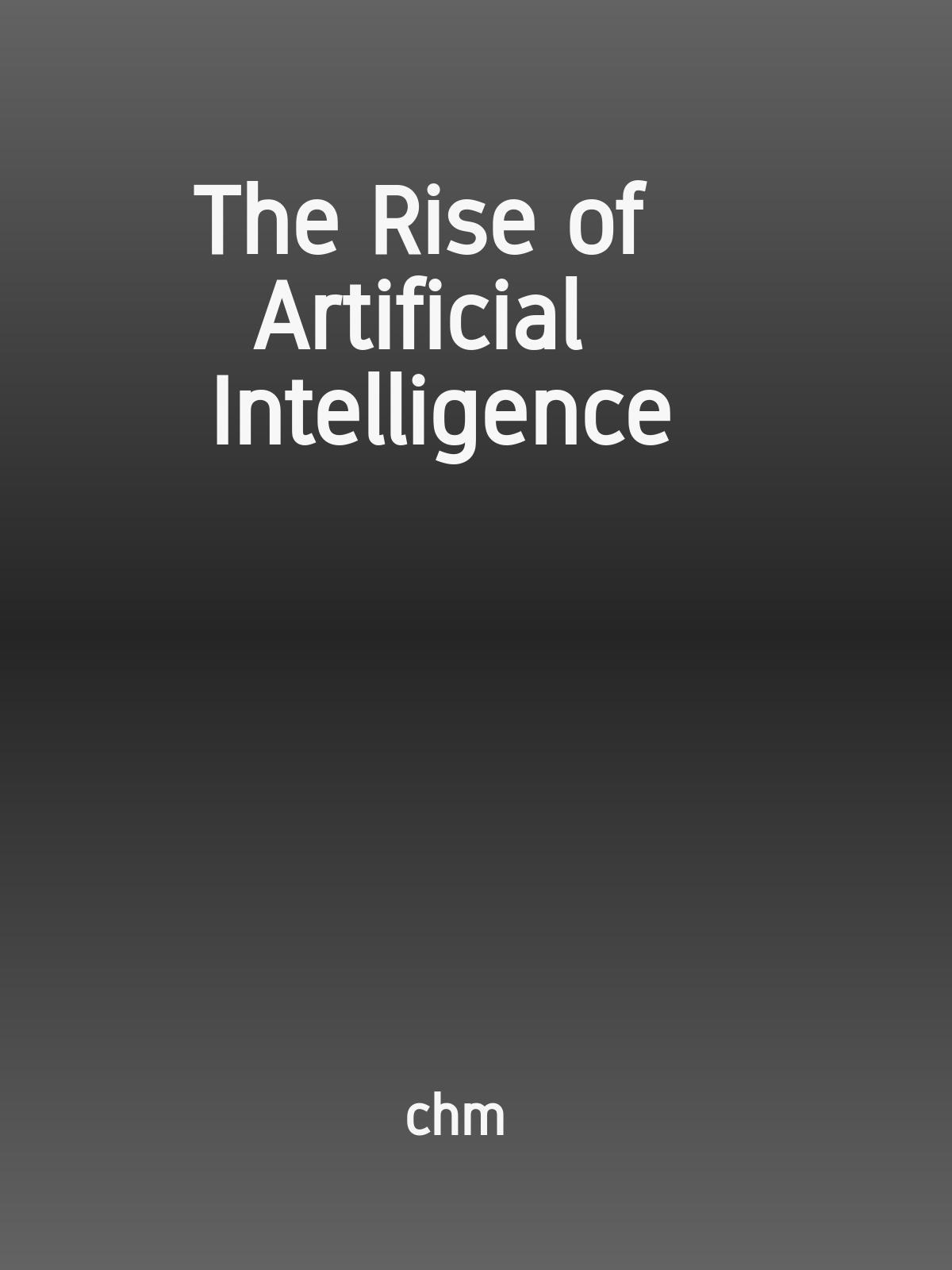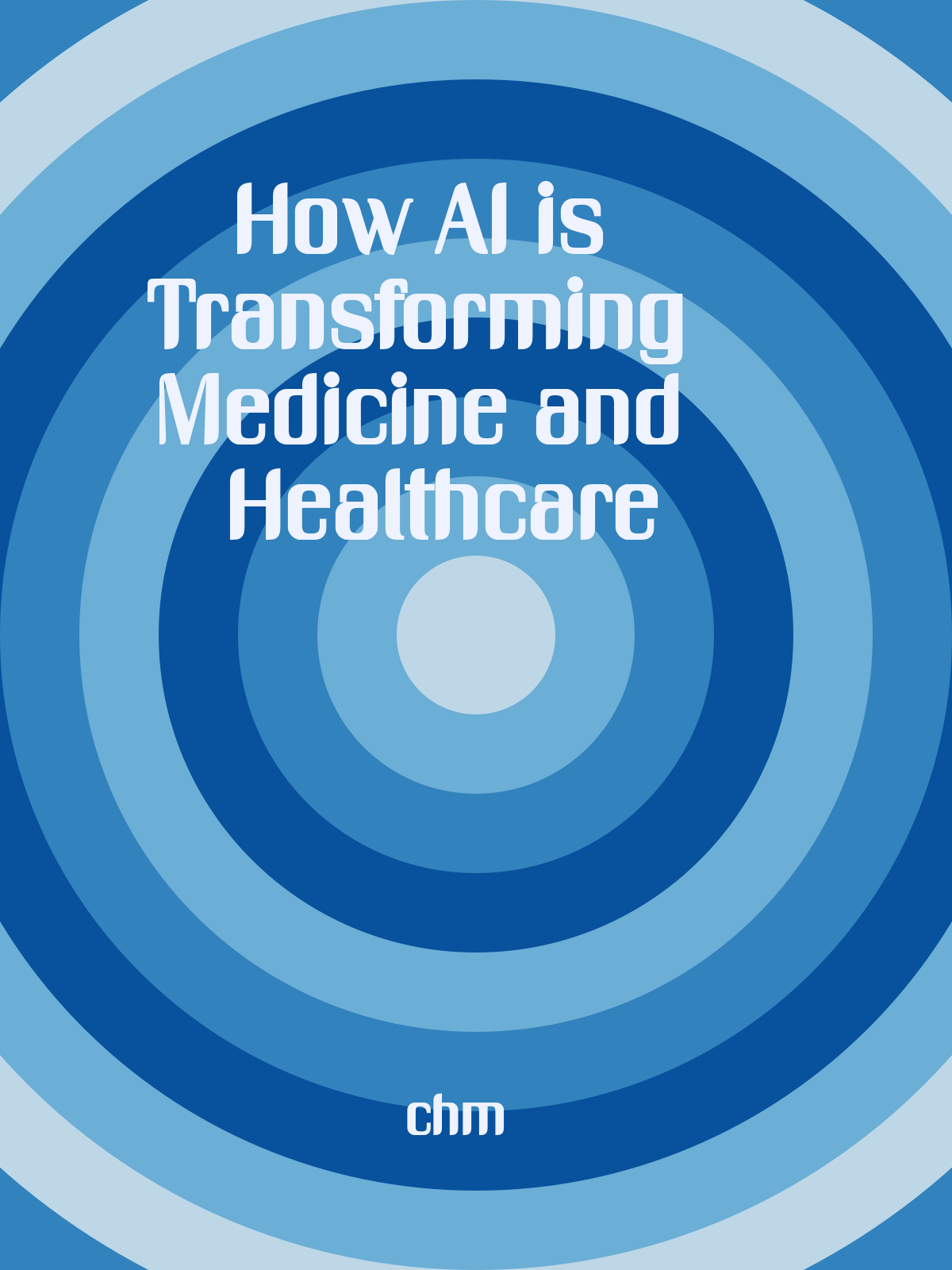

The term "artificial intelligence" (AI) was coined in 1955 by computer scientist John McCarthy. AI research is divided into subfields that focus on specific problems or tasks, such as natural language processing, decision making, computer vision, and machine learning. Some of the world's largest tech companies are investing heavily in AI, including Google, Facebook, Microsoft, and Apple. AI has the potential to transform many industries, including healthcare, finance, transportation, and manufacturing. There are ethical concerns associated with AI, such as the impact of AI on jobs and the potential for AI to be used for malicious purposes. AI is still in its early stages and is constantly evolving.

The top 5 technology startups in Silicon Valley are Google, Apple, Facebook, Amazon, and Microsoft. The average age of a tech startup founder in Silicon Valley is 34. The average salary for a tech startup employee in Silicon Valley is $107,000. The average time to raise capital for a tech startup in Silicon Valley is 6 months. The success rate for tech startups in Silicon Valley is 50%. The average amount of money raised by a successful tech startup in Silicon Valley is $1.5 million.

The age of the universe is estimated to be around 14 billion years, with the earliest galaxies forming just a few hundred million years after the Big Bang. Our own Milky Way galaxy is thought to be around 13.6 billion years old. There are an estimated 100 billion galaxies in the observable universe, each containing an average of 100 billion stars. The typical distance between galaxies is around 10 million light years.

The history of personal computers is full of interesting facts and milestones. The first personal computer was introduced in 1975, and the first Apple computer was created in 1976. The first IBM PC was released in 1981, and the first laptop computer was introduced in 1982. The first Internet-connected computer was created in 1983, and the first web browser was created in 1990.

The universe is estimated to be around 14 billion years old and to contain an infinite number of stars. There are an estimated 100 billion galaxies in the universe, with our Milky Way galaxy containing an estimated 100 billion stars and 100 billion planets. There are an estimated 10 billion habitable planets in the universe.

Black holes are massive and mysterious objects in the universe. They are formed when a star dies and collapses in on itself. The gravity of a black hole is so strong that not even light can escape it. Black holes are invisible because they emit no light. A black hole can be discovered by its effects on the surrounding objects.

Silicon Valley has been a hub for innovative technology for many years. Some of the Silicon Valley tech giants include HP, Cisco, and Google. Many important tech milestones have been achieved in Silicon Valley , such as the invention of the first silicon transistor and the first personal computer. The Valley has also been home to the first video game console and the first search engine.

AI is having a transformative effect on medicine and healthcare, helping to diagnose and treat medical conditions, develop new medicines and more effective treatments, and create more personalized medicine. AI is also being used to develop robots and other technological innovations that are improving the quality of life for patients and doctors alike.